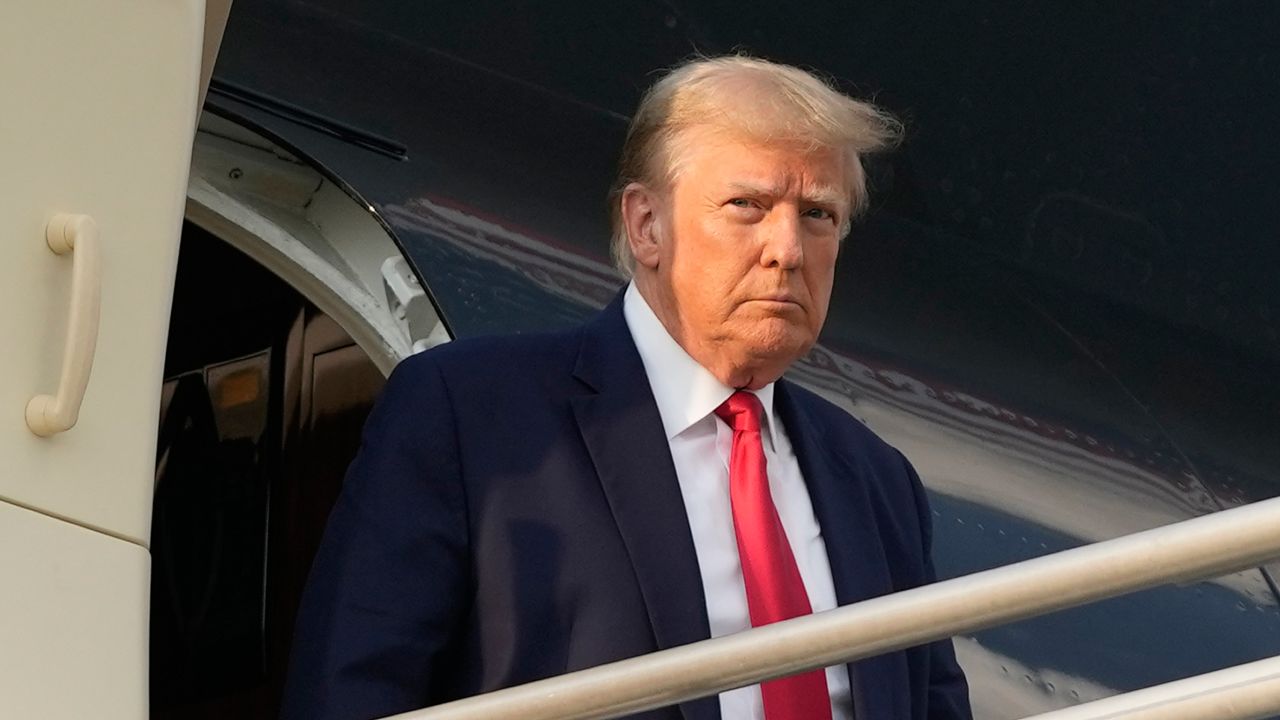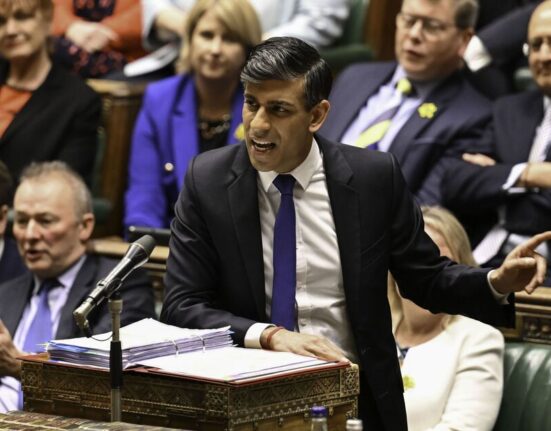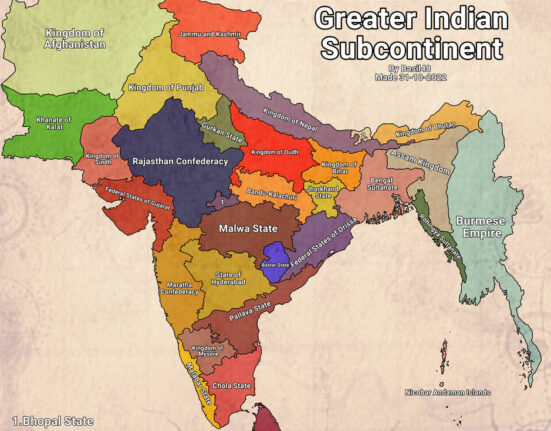In a groundbreaking turn of events, President Trump’s administration is on the verge of solidifying its legacy with a tax cut and policy bill that aims to revolutionize immigration enforcement in the United States. It’s not just another piece of legislation; it’s a strategic maneuver set to reshape the very fabric of how borders are managed and immigrants are handled within the country.
“It will absolutely supercharge immigration enforcement over time, but it’s not gonna happen overnight,”
remarked Kathleen Bush-Joseph, a distinguished policy analyst at the Migration Policy Institute. Her words encapsulate both the promise and challenges that come with such an ambitious endeavor.
The wheels were set in motion as the House recently gave the nod to what President Trump affectionately calls his “big, beautiful bill.” The $170 billion earmarked for border and immigration pursuits underscores a resolute commitment to fortify existing measures and chart new territories in securing America’s boundaries. This isn’t merely about numbers; it signifies a shift in approach — one that seeks to detain and deport individuals at an unprecedented scale.
Expanding detention capacities lies at the core of this initiative. With an allocation of $45 billion specifically designated for immigration detention centers, coupled with approximately $30 billion aimed at bolstering ICE personnel and facilities maintenance, it paints a picture of readiness unparalleled in recent times. However,
“The more beds that we have, the more bad guys we arrest,”
as succinctly put by Tom Homan, White House border czar.
While critics raise concerns about potential ramifications on detainees’ rights and due process, proponents argue for its necessity amidst evolving threats. The looming shadow of mass deportations hangs over these developments — raising questions not just about logistical feasibility but also ethical implications.
Border security takes center stage too, with an eye-watering $46.5 billion injection slated for completing Trump’s ambitious border wall project. Critics question this hefty investment given recent declines in illegal crossings; yet supporters like Andrew Arthur advocate for proactive infrastructure reinforcement before facing larger crises down the road.
As financial burdens shift onto immigrants through increased fees, debates swirl around striking a balance between fiscal responsibility and humanitarian considerations. Heidi Altman warns against creating insurmountable barriers for vulnerable populations seeking refuge within U.S. borders — shedding light on nuanced moral dilemmas embedded within policy formulations.
Amidst these seismic changes lie intricate details affecting safety net programs crucial for marginalized communities. From health coverage restrictions to SNAP benefit limitations, each alteration carries profound implications on individuals navigating complex socio-economic landscapes across America.
Immigration courts stand as vital arenas where fates are decided and futures shaped. Over $3 billion allocated to enhancing judicial capacities signals an acknowledgment of pressing backlogs but could fall short considering existing challenges highlighted by experts like Bush-Joseph.
In essence, President Trump’s tax cut bill transcends mere policy tweaks – it embodies a paradigm shift poised to redefine national priorities surrounding immigration discourse for generations to come.









Leave feedback about this